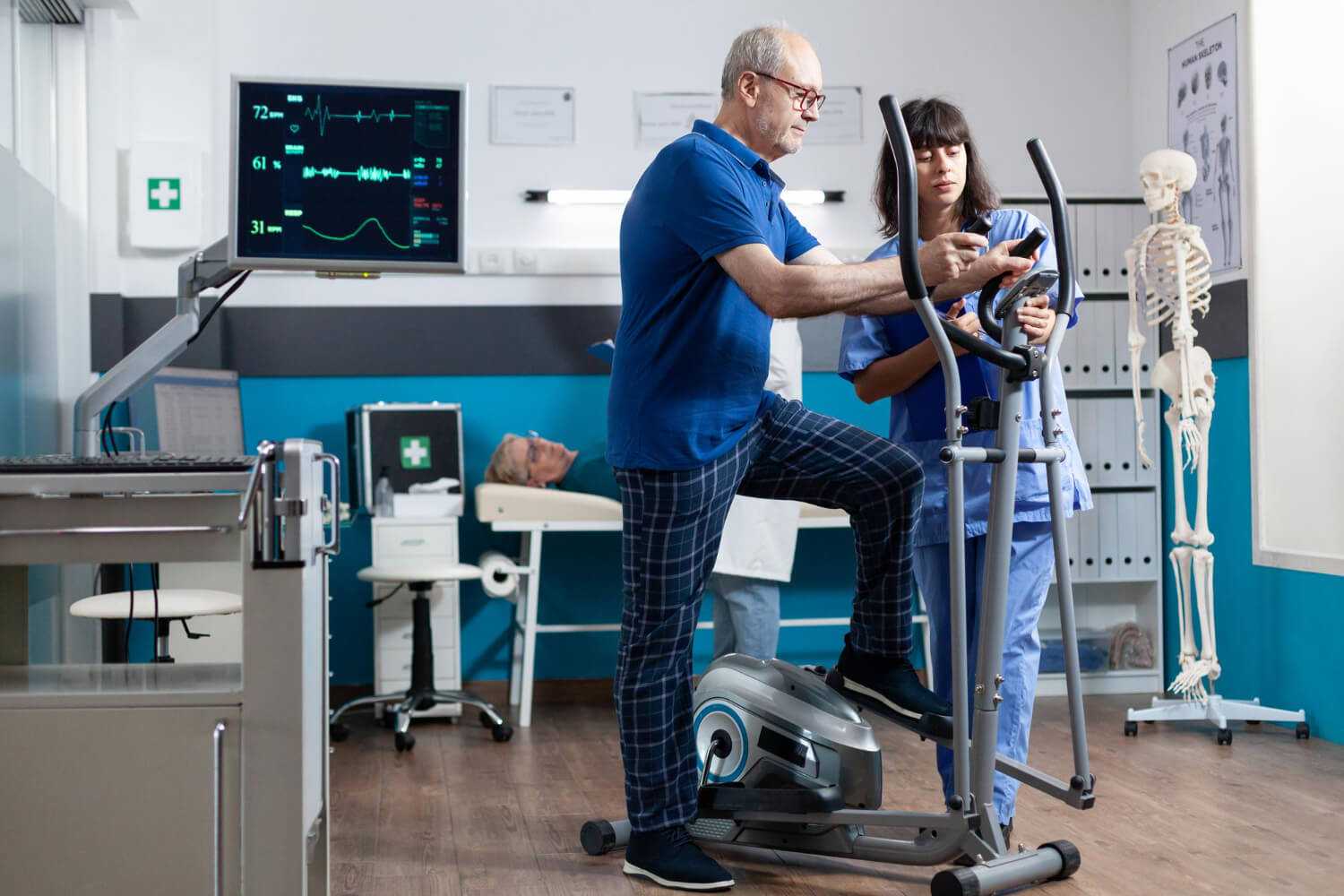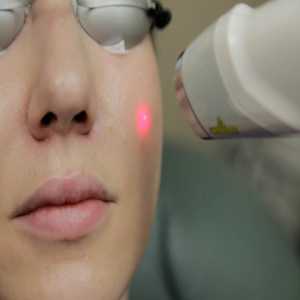
The Role Of Occupational Therapy In Neuro Rehabilitation

Neuro rehabilitation is a specialized field of rehabilitation aimed at helping individuals recover from neurological conditions that impact the brain, spinal cord, and nervous system. This includes conditions such as stroke, traumatic brain injury, spinal cord injuries, and neurodegenerative diseases like Parkinson’s and multiple sclerosis. Occupational therapy (OT) plays a crucial role in neurorehabilitation by helping individuals regain essential skills for daily living and improving their quality of life. This blog explores how occupational therapy contributes to neurorehabilitation, its techniques, benefits, and its overall impact on recovery.
Understanding Neuro rehabilitation
Neurorehabilitation is a holistic and multidisciplinary approach designed to restore function, reduce symptoms, and enhance the quality of life for individuals with neurological conditions. The process focuses on physical, cognitive, and emotional aspects of recovery, aiming to enable individuals to lead independent and fulfilling lives.
Occupational therapy is a critical component of neurorehabilitation because it addresses the physical, cognitive, and psychological challenges that individuals face in performing daily tasks. Occupational therapists work closely with patients, tailoring interventions that support their unique needs and empower them to achieve meaningful goals.
Key Objectives of Occupational Therapy in Neuro rehabilitation
The primary goal of occupational therapy in neurorehabilitation is to enhance patients' independence and enable them to carry out essential activities, known as "activities of daily living" (ADLs), which include tasks such as dressing, grooming, eating, and mobility. Key objectives include:
- Enhancing Functional Abilities: OT helps individuals regain the motor skills needed to perform everyday activities. This can involve relearning movements, building muscle strength, and improving coordination.
- Cognitive Rehabilitation: Many neurological conditions affect cognitive functions such as memory, attention, and problem-solving skills. Occupational therapists work on cognitive rehabilitation to improve or compensate for these impairments, enabling patients to complete tasks independently.
- Improving Emotional Well-Being: Neurological injuries and conditions can lead to feelings of frustration, helplessness, and anxiety. Occupational therapy helps address these emotional challenges by promoting self-efficacy, providing strategies for managing stress, and boosting overall mental well-being.
- Promoting Social Participation: Social isolation is common among individuals with neurological impairments. Occupational therapy fosters social engagement by helping individuals develop skills to interact confidently within their communities, including communication skills and mobility.
- Supporting Family and Caregivers: OT educates family members and caregivers on how to support the patient’s needs and promote independence, creating a supportive home environment that encourages recovery.
Techniques and Approaches in Occupational Therapy for Neurorehabilitation
Occupational therapists use a variety of techniques and approaches tailored to each patient’s specific neurological condition and rehabilitation needs. Some of these approaches include:
- Motor Skills Training: This includes exercises and activities that aim to improve fine and gross motor skills. Therapists may work on hand-eye coordination, muscle strength, and balance, using activities like stacking blocks, picking up small objects, or balance exercises. Such training is essential for patients with impairments caused by strokes or brain injuries.
- Cognitive Behavioral Therapy (CBT) Techniques: Cognitive deficits are common in neurological conditions. Occupational therapists may use CBT techniques to help patients develop problem-solving skills, memory exercises, and methods for improving attention. These techniques are particularly beneficial for patients recovering from traumatic brain injuries or strokes.
- Adaptive Equipment Training: Some patients require specialized equipment to carry out daily activities. Occupational therapists assess patients’ needs and provide training on using adaptive tools, such as reachers, grab bars, shower benches, and dressing aids. This equipment can make a significant difference in promoting independence and safety in daily tasks.
- Sensory Re-education: Many neurological conditions affect sensation, making it difficult for patients to perceive temperature, texture, or movement accurately. Sensory re-education involves techniques that help patients regain sensation or adapt to changes in their sensory perceptions.
- Environmental Modification: Occupational therapists may suggest modifications to the patient’s home or workplace to improve accessibility and safety. This can include installing ramps, rearranging furniture, and ensuring that essential items are within easy reach. Environmental modifications support patients in performing tasks independently within their surroundings.
- Community Reintegration Programs: OT often includes community-based interventions that help individuals gradually reintegrate into their social environments. Activities like group outings, social events, and vocational training can help patients regain confidence and return to their roles in society.
- Task-Specific Training: This technique involves practicing specific tasks that patients need to perform in their daily lives, such as cooking, dressing, or managing finances. Task-specific training enhances practical skills that are directly applicable to patients’ everyday routines.
Benefits of Occupational Therapy in Neurorehabilitation
Occupational therapy offers numerous benefits for individuals undergoing neurorehabilitation, contributing to improvements in physical, mental, and emotional well-being.
- Enhanced Independence: By focusing on skills required for daily activities, OT enables individuals to regain control over their lives. This increased independence can lead to greater self-confidence and motivation to pursue further recovery goals.
- Improved Quality of Life: Occupational therapy addresses the holistic needs of patients, including their emotional and social well-being. As patients regain their abilities and confidence, they often experience a significant boost in their overall quality of life.
- Reduced Caregiver Burden: OT promotes self-sufficiency, which can alleviate the burden on family members and caregivers. Patients who regain independence in personal care tasks and mobility require less assistance, which can enhance their relationships with their loved ones.
- Long-Term Functional Recovery: Occupational therapy is crucial in promoting sustainable recovery, as patients build skills they can use long after completing their therapy sessions. These long-term benefits help prevent complications such as muscle atrophy, joint stiffness, and depression.
- Adaptability and Resilience: OT equips individuals with the skills to adapt to new challenges and changes. For example, individuals with progressive conditions like Parkinson’s disease learn strategies to manage symptoms, making them more resilient in the face of future challenges.
The Role of Occupational Therapists in the Rehabilitation Team
Occupational therapists are integral members of the neurorehabilitation team, collaborating closely with other professionals, such as physiotherapists, neurologists, psychologists, and social workers. Each member of the team brings unique expertise, ensuring that patients receive well-rounded and coordinated care.
Occupational therapists assess the patient’s individual needs, design personalized treatment plans, and track progress over time. Their expertise in understanding the relationship between physical, cognitive, and emotional factors enables them to tailor interventions that address multiple facets of the patient’s life. This interdisciplinary approach maximizes the benefits of neurorehabilitation and promotes comprehensive recovery.
Conclusion
Occupational therapy is a cornerstone of neurorehabilitation, offering individuals the support and tools necessary to regain independence, improve quality of life, and reintegrate into their communities. Through techniques that address both physical and cognitive challenges, occupational therapists empower individuals to navigate their daily lives with greater ease and confidence. The benefits of occupational therapy extend beyond physical recovery, fostering emotional well-being, adaptability, and resilience.
For individuals affected by neurological conditions, occupational therapy provides hope and tangible results, helping them rebuild their lives step by step. As neuro rehabilitation continues to evolve, the role of occupational therapy at The Physio9 Clinic in Pune remains pivotal in enabling individuals to overcome limitations and achieve meaningful recovery. If you or a loved one is undergoing neuro rehabilitation Pune, exploring occupational therapy as part of a comprehensive treatment plan can make a lasting difference in the journey toward recovery.
Author Bio
Article Comments
No Comments!
At present there are zero comments on this article.
Why not be the first to make a comment?
Similar Articles
Search Pages
User Upgrade
account to full use of editor,
Including hyperlinks
Article Categories
There are zero sub-categories in this parent category.
There are zero sub-categories in this parent category.

















